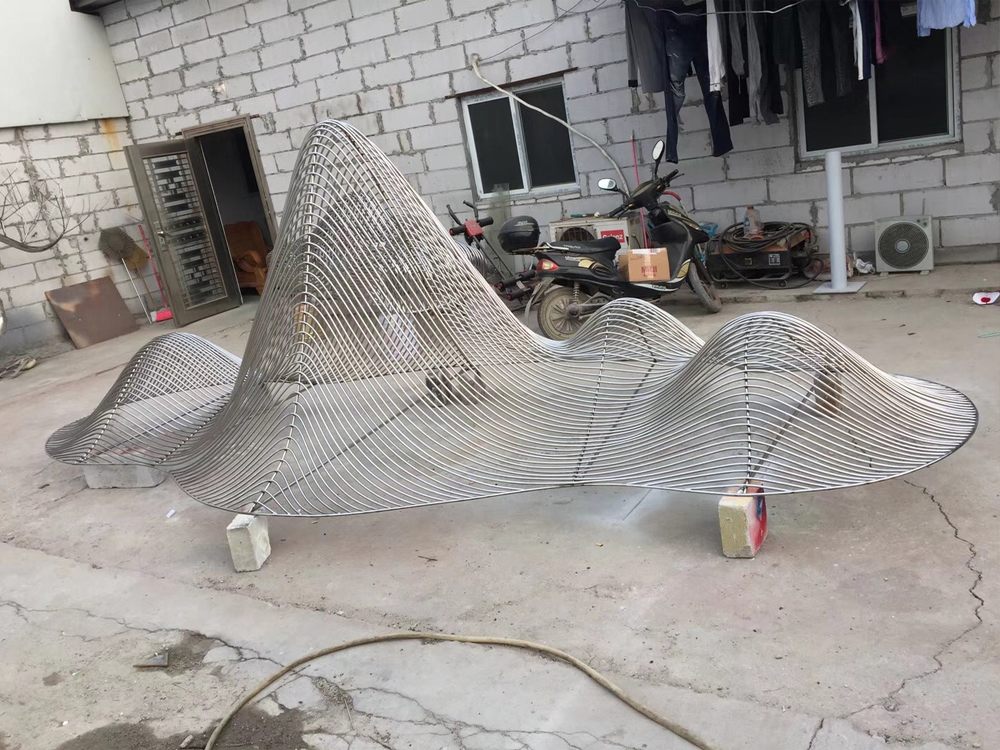
Metal sculpture production, while a celebrated art form, carries significant environmental consequences. The process often involves mining, energy-intensive fabrication, and hazardous waste, contributing to pollution and resource depletion.
Key Environmental Impacts:
1. Resource Extraction: Mining metals like steel, bronze, or aluminum damages ecosystems and depletes finite resources.
2. Energy Consumption: Melting and shaping metals require high heat, often from fossil fuels, increasing carbon emissions.
3. Chemical Pollution: Acid baths, solvents, and metal coatings release toxic substances into air and water.
4. Waste Generation: Scrap metal, slag, and discarded materials contribute to landfill accumulation.
How to Reduce the Impact:
- Use Recycled Metals: Sourcing scrap or reclaimed metal reduces mining demand and energy use.
- Adopt Clean Energy: Switching to solar or electric furnaces lowers carbon footprints.
- Eco-Friendly Finishes: Water-based coatings and non-toxic patinas minimize chemical pollution.
- Waste Management: Repurposing metal scraps and implementing closed-loop systems cuts landfill waste.
- Local Sourcing: Reducing transport distances decreases emissions linked to material shipping.
By embracing sustainable practices, artists and manufacturers can preserve creativity while protecting the planet. Small changes, like recycling or green energy, make a lasting difference in reducing the ecological footprint of metal art.

